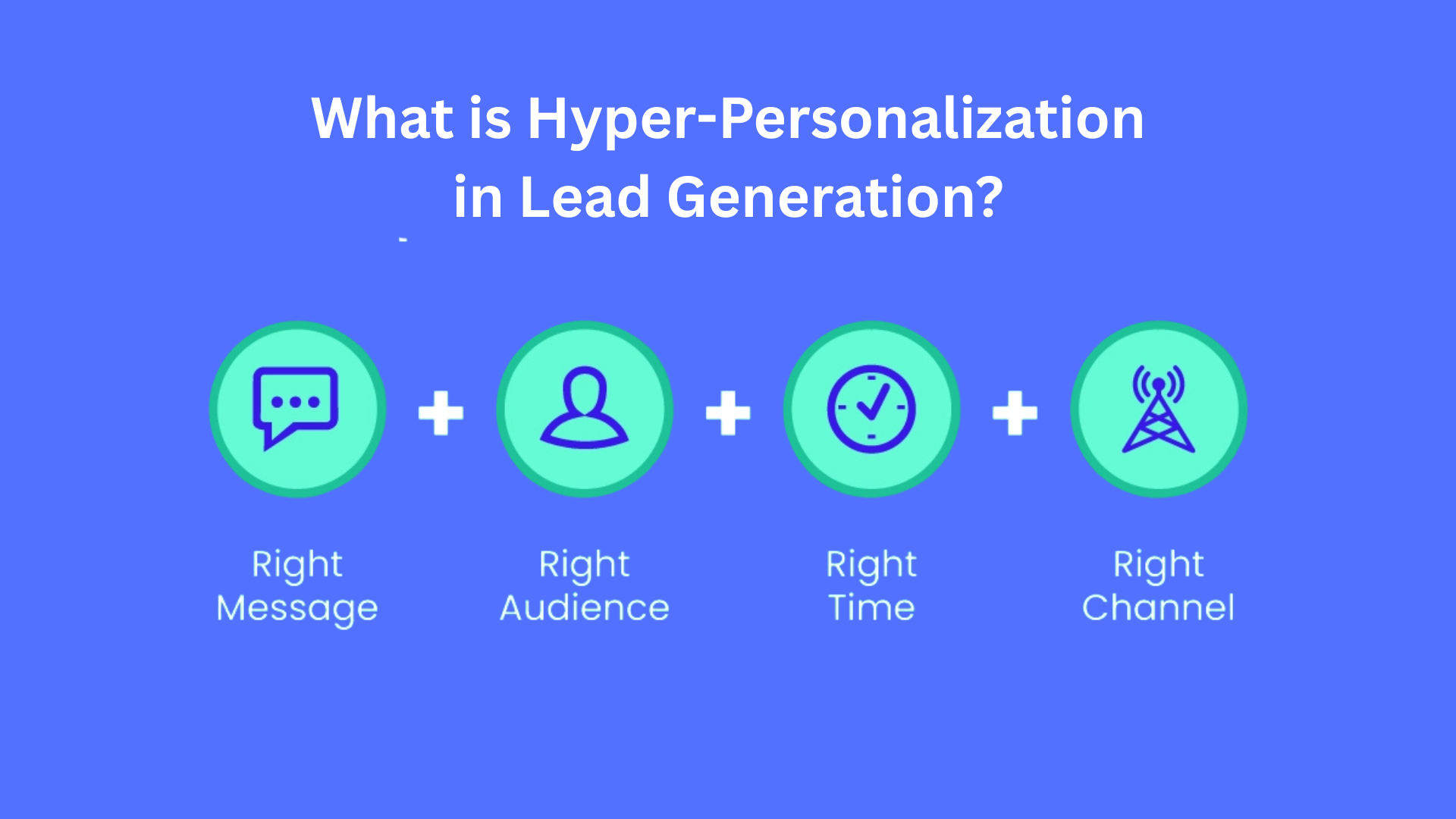Steps to Creating a Multi-Vendor Marketplace on Shopify

E-commerce is evolving at lightning speed. Today, customers no longer want to shop from just one brand; they want variety, options, and convenience. That’s exactly why multi-vendor marketplaces like Amazon, Etsy, and eBay are thriving. The good news? You don’t need to build such a platform from scratch. With the right Shopify multivendor marketplace builder, you can convert your Shopify store into a fully functional marketplace where multiple vendors can sell products, services, or rentals.
In this blog, we’ll walk you through how to build a multi-vendor marketplace on Shopify, the essential features you need, and why tools like Shipturtle are trusted by global brands and startups to power their marketplace journey.
What is a Multi-Vendor Marketplace?
A multi-vendor marketplace is an e-commerce platform where multiple independent sellers list and sell their products under one storefront. Think of it as a digital shopping mall—customers shop from different vendors, but the transactions, payments, and order fulfillment are managed centrally by the marketplace owner.
Unlike a single-vendor store, a marketplace offers:
- More product variety – attracting a larger customer base.
- Shared responsibility – vendors manage their inventory and shipping.
- Scalability – the platform grows as new vendors join.
Why Build a Multi-Vendor Marketplace on Shopify?
Shopify is one of the most trusted e-commerce platforms globally, powering over 4 million online stores. Its scalability, security, and ease of use make it the perfect foundation for building a marketplace.
Here’s why entrepreneurs prefer Shopify for multi-vendor marketplaces:
- Quick setup – No need for coding or custom development.
- Mobile-ready – Seamless experience for both customers and vendors.
- Secure & reliable – Handles payments, data protection, and uptime.
- App ecosystem – A Shopify multivendor marketplace builder like Shipturtle integrates easily with existing stores.
- Global reach – Sell across borders with multilingual and multi-currency support.
Steps to Build a Multi-Vendor Marketplace on Shopify
Let’s break down the process into actionable steps:
1. Define Your Marketplace Model
Before setting up, decide what type of marketplace you want to create:
- B2C Marketplace – Multiple vendors selling to consumers (like Amazon).
- B2B Marketplace – Vendors supplying products to businesses.
- C2C Marketplace – Peer-to-peer platforms where individuals sell to individuals (like Vinted).
- Rental/Service Marketplace – Vendors offering rentals (bridal wear, furniture) or services.
Your business model will shape your vendor onboarding, commission structure, and technology requirements.
2. Choose the Right Shopify Multivendor Marketplace Builder
Shopify by itself is designed for single-vendor stores. To enable multi-vendor features, you’ll need a marketplace builder app.
The right app should provide:
- Vendor dashboards
- Product and inventory sync
- Automated order splitting
- Commission management
- Shipping integrations
- Vendor payouts
This is where Shipturtle stands out.
👉 Shipturtle is the #1 multi-vendor software app on Shopify. It allows you to:
- Connect vendor websites and automate product listings.
- Manage orders, shipping, and payouts seamlessly.
- Scale with 400+ workflows and open APIs.
- Give vendors access through cloud, mobile, or even their own ERP.
3. Set Up Vendor Onboarding
A successful marketplace thrives on great vendors. With a tool like Shipturtle, you can invite vendors, provide them with individual dashboards, and let them manage their own products and orders.
Key onboarding steps include:
- Vendor registration & approval workflow.
- Assigning commission structures (fixed, percentage, or hybrid).
- Training vendors to upload product details, pricing, and images.
4. Configure Product Listings & Inventory Sync
Customers expect accurate product information. To avoid errors like “out of stock” after purchase, your marketplace must sync inventory in real-time.
Shipturtle provides automated product sync across vendor stores and central marketplace listings. Vendors can:
- Upload products directly from their store.
- Edit descriptions, images, and pricing.
- Keep stock updated automatically.
5. Automate Order Management & Splitting
When customers order products from multiple vendors in one checkout, your system needs to split orders automatically.
With Shipturtle, orders are:
- Split by vendor.
- Sent directly to the respective seller for fulfillment.
- Tracked centrally in your admin panel.
This reduces manual work and ensures smooth delivery.
6. Enable Vendor Commissions & Payouts
Marketplace owners earn revenue by charging commission on each sale. Your Shopify Multivendor Marketplace Builder should allow:
- Configurable commission rates (vendor-wise or category-wise).
- Automated calculation of vendor earnings.
- Payouts via bank transfer, PayPal, or integrated gateways.
Shipturtle makes this process transparent, helping you build vendor trust.
7. Integrate Shipping & Logistics
Logistics can make or break a marketplace. Customers expect fast, reliable, and affordable shipping options.
Shipturtle supports:
- Shipping label generation.
- Integration with multiple carriers.
- COD (cash-on-delivery) reconciliation.
- Multi-warehouse management.
This ensures both local and global vendors can deliver seamlessly.
Why Choose Shipturtle as Your Shopify Multivendor Marketplace Builder?
There are several apps in the Shopify ecosystem, but Shipturtle has proven to be a reliable choice for businesses across 12+ countries and 3M+ orders processed.
Here’s why:
- Scalability: Handles small startups and enterprise-level marketplaces.
- Flexibility: Works with artisans, brands, and even C2C sellers.
- Automation: 57+ integrations to reduce manual work.
- Support: Highly rated customer service and custom feature development.
Real-world examples include:
- Brown Living (India): Built a sustainable products marketplace with 450+ brands.
- Cult Mia (Europe): Achieved triple-digit growth in luxury fashion.
- Saffron Souk (Middle East): Empowered artisans with a digital platform.
Final Thoughts
Building a marketplace doesn’t have to be complicated. With Shopify’s robust foundation and a powerful Shopify Multivendor Marketplace Builder like Shipturtle, you can go live in just days whether you’re creating a fashion marketplace, a rental platform, or a B2B network.
By automating vendor management, orders, shipping, and payments, Shipturtle removes the headaches of marketplace operations so you can focus on growth.
Ready to turn your marketplace idea into reality?
Start your 14-day free trial with Shipturtle and launch your Shopify marketplace today!






